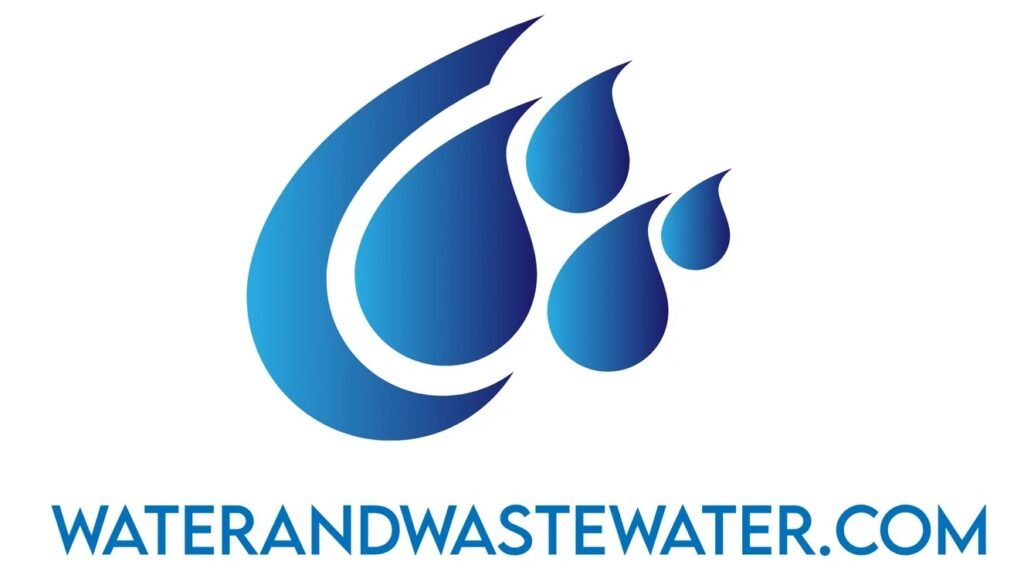
Tag: pollution
Anion exchange is a fundamental process utilized in wastewater treatment that involves the reversible interchange of anions between a solid substance and a liquid in which no permanent change occurs in the structure of the solid. This process is essential for removing various contaminants from wastewater, ensuring the treated water meets environmental discharge regulations or […]
Integrating composting into wastewater treatment offers a sustainable method for waste management, transforming organic waste into valuable compost. The interaction between these two processes is vital for reducing the environmental impact of waste. Composting utilizes natural decomposition to break down organic matter, such as food scraps and sewage sludge, into a nutrient-rich product that can […]
Ultrasonic irradiation in wastewater treatment is an innovative and emerging technology that employs high-frequency sound waves to assist in the cleansing process. This method utilizes the power of ultrasonics to disrupt the cellular structures of pathogens and compounds, leading to their eventual breakdown. It is increasingly recognized for its potential to enhance the effectiveness of […]
Ultraviolet (UV) light combined with hydrogen peroxide (H2O2) is an advanced oxidation process (AOP) that holds significant promise for the treatment of wastewater. By harnessing the power of UV light to activate H2O2, this method produces hydroxyl radicals, which are highly reactive species capable of breaking down a wide range of contaminants, from organic compounds […]
Blackwater in wastewater refers to the waste fluid that originates from toilets and, sometimes, kitchen sinks within a household or a commercial establishment. This type of wastewater is distinguished from greywater, which comes from sources like showers and washing machines, by its high levels of organic matter, pathogens, and nutrients. As such, blackwater poses a […]
Cation exchange is a critical process in wastewater treatment that involves the replacement of positively charged ions in the water with ions from a solid phase, typically a resin. This method is especially important for removing contaminants such as calcium, magnesium, and heavy metals from wastewater streams. By exchanging undesirable cations for more benign ones, […]
Fixed bed ozone reactors play a crucial role in wastewater treatment systems by leveraging the powerful oxidative properties of ozone, a potent disinfectant and oxidizer. As municipalities and industries seek more effective ways to purify water and comply with stringent discharge standards, ozone reactors have become an essential tool in destroying bacteria, viruses, and certain […]
Wastewater treatment is a critical process for maintaining public health and protecting the environment. Among the various methods employed, the use of Amalgam UV systems represents a sophisticated approach that harnesses ultraviolet (UV) light to disinfect water. These systems utilize an amalgam lamp, which is known for its high intensity and efficiency in emitting UV […]
Efficient wastewater management is a critical concern for municipalities and industries around the globe, and rotary fan presses play a significant role in streamlining this process. Rotary fan presses are an advanced dewatering technology designed to separate liquids from solids in sludge, a byproduct of wastewater treatment. By applying steady pressure and rotational movement, these […]
Electron beam irradiation is a sophisticated technology that has been increasingly applied in the treatment of wastewater. This process involves the use of high-energy electrons to break down pollutants at the molecular level, providing an advanced method for removing harmful substances from wastewater. The technique is recognized for its ability to decompose complex chemical compounds […]